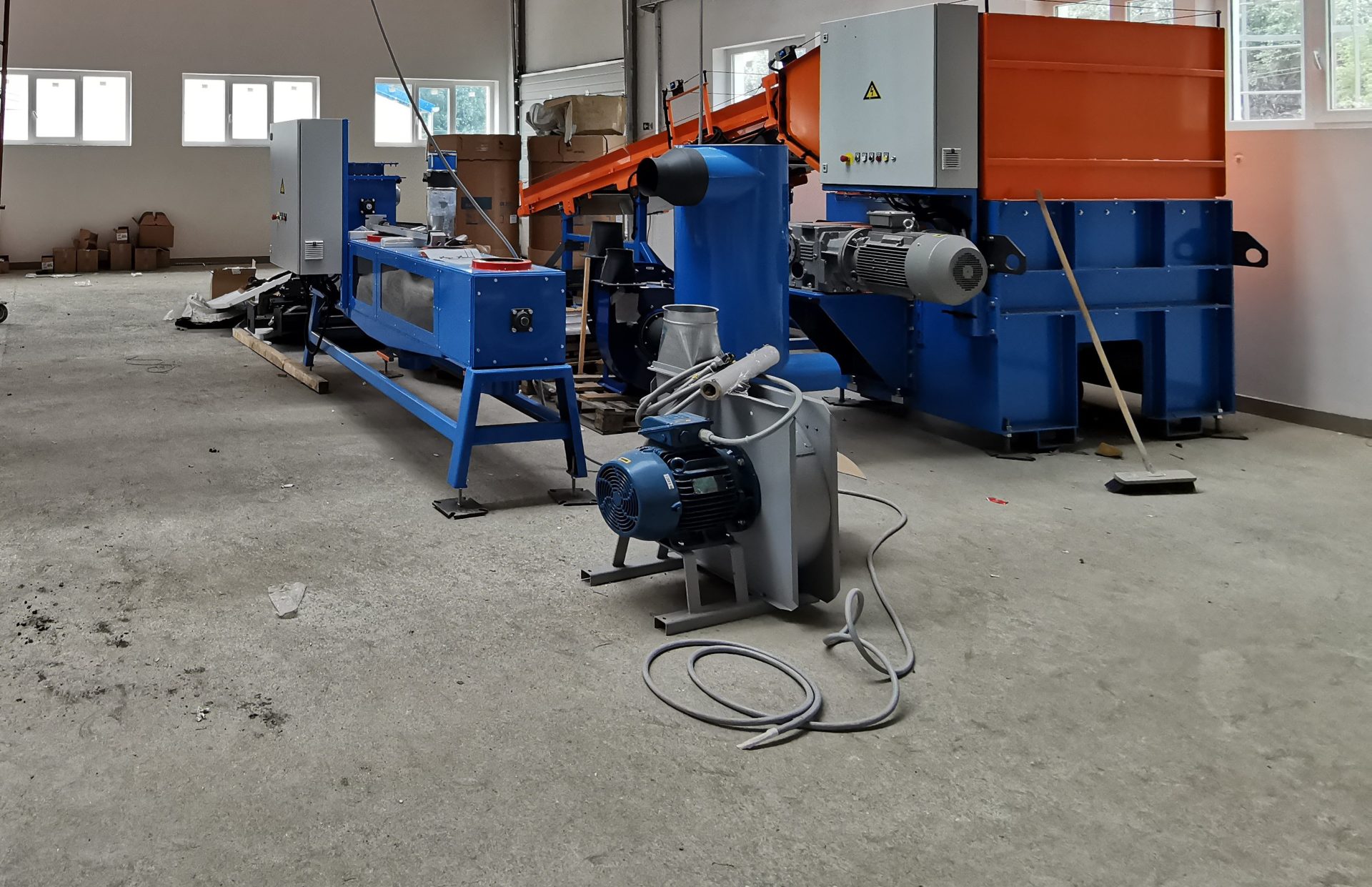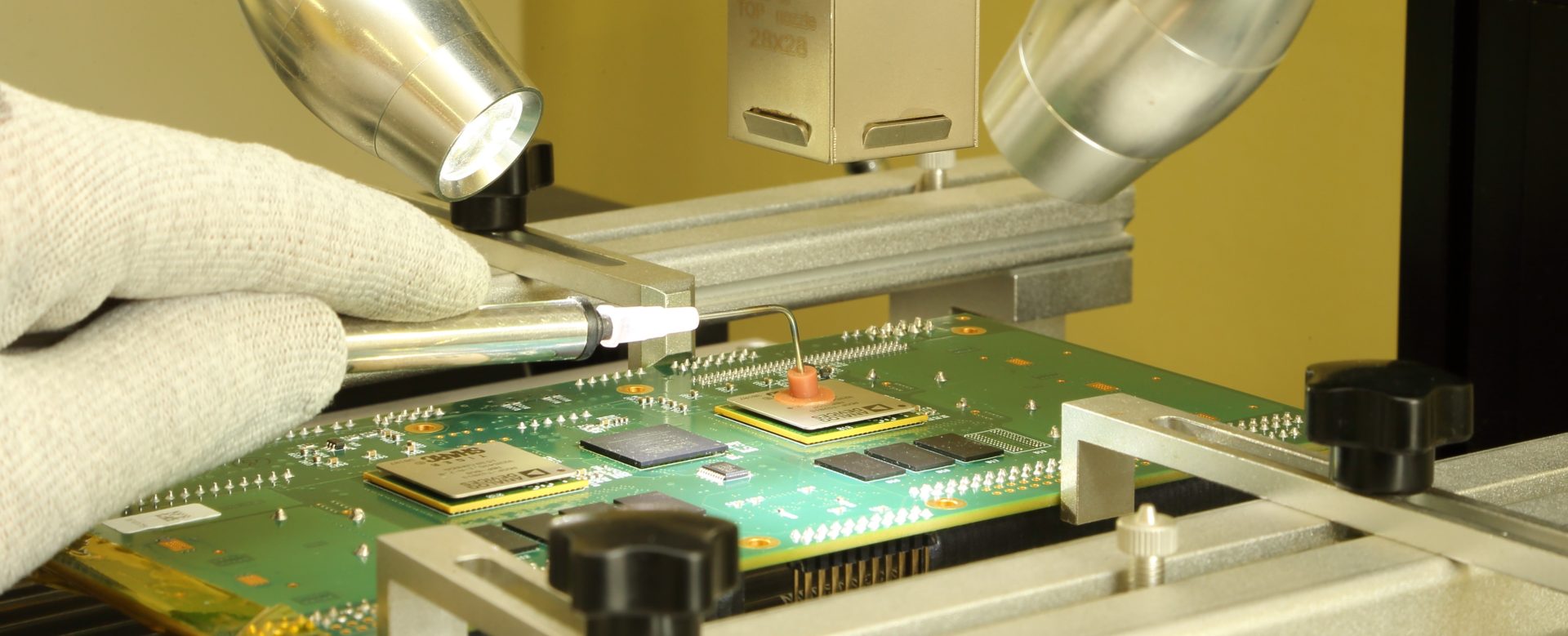Helium has numerous forms of use: it is applied as a filling material for balloons and airships, as well as in its liquid state as a coolant, for example in superconducting magnets. The Helium Liquefaction Plant has been operating at the Department of Physics of the Faculty of Natural Sciences of the Budapest University of Technology and Economics (BME-FTK) since 1994.
We have all known helium since childhood, as it made colorful balloons float to our great delight. Later, despite our parents’ warnings, we tried its effect on our vocal cords, causing countless funny moments. It is well known that inhaling helium temporarily makes a person’s voice higher, as sound travels three times faster in helium than in air, and the resonant frequencies in the larynx will be higher by the same ratio.
| Helium is the second chemical element in the periodic table, the noble gas with the smallest atomic number. Chemical symbol: He, colorless and odorless, noble gas, named after the Greek name for the Sun (Helios, Ἥλιος). |
Among all elements, helium has the lowest boiling point, which makes it truly special in terms of usability. Due to its extremely low melting and boiling points, it is used as a coolant in cryogenics and for cooling superconducting magnets, which are employed in NMR and MRI devices, as well as in high-energy particle accelerators, since the use of liquid helium is indispensable for producing low temperatures and high magnetic fields.
Interestingly, after hydrogen, the second most abundant element in the universe is helium, but it only occurs in trace amounts in Earth’s atmosphere, making up just 0.0005% of the atmosphere. So where do we get enough to fill balloons with it? – we might justifiably ask. The answer to the question is that helium can be economically extracted from a mixture of natural gas and helium, and it can also be produced in liquid form by re-evaporation. The liquefaction of helium is possible by using the liquid and recovering the evaporated gas.
The BME-TTK helium liquefaction plant has aged over the years, making its replacement necessary. The equipment has faithfully served the uninterrupted supply of research conducted at the BME Institute of Physics, the Faculty of Chemical Engineering and Biotechnology, and the Faculty of Science at ELTE. Liquid helium supply is essential for the operation of quantum electronics, molecular electronics, magnetic optics, and electron spin resonance laboratories. The experiments conducted here have also achieved significant results in the international scientific community, and the researchers have enhanced BME’s reputation with articles published in the most prestigious scientific journals.
With EU finding, the replacement of this equipment, which is significant for scientific life, could be realised within the framework of the Competitive Central Hungary Operational Program.
The development was implemented from EU funding in the project VEKOP-2.3.3-15-2017-00015 under the Competitive Central Hungary Operational Program.
Find out more about the project in the Project Finder:Details








